
Like It or Not, Kim Kardashian’s Marilyn Monroe Met Gala Stunt Sets a Precedent
Will the takeaway be that wearing historic garments is fine and dandy or that it should never be done again?
Thank you for subscribing to Back Row. If you like this newsletter, please tap the heart at the top of this post and tell your friends about it. These articles are ad-free and free to read. The best way to support this publication is by buying a copy of my book ANNA: The Biography. If you are new here, don’t forget to subscribe to get more stories like this sent to your inbox around twice a week.
The internet is still talking about Kim Kardashian wearing the same dress Marilyn Monroe did to sing “Happy Birthday” to JFK at the Met Gala. The appearance may have been around six weeks ago, but recent photos of the dress appear to show irreversible damage the stunt caused to the garment. Professional fashion conservators had already come out strongly against Kardashian wearing the gown. “The dress represents something very important — it’s part of our collective cultural heritage. I’m speechless over it,” conservator Cara Varnell told the L.A. Times last month. New social media photos and videos by Darrell Rooney of the fabric stretched, its delicate threads gaping and ripped, seem to confirm the ultimate nightmare scenario.
Ripley’s Believe it or Not!, which loaned her the dress, has since issued a statement saying, “Kim Kardashian wearing the ‘Happy Birthday’ dress has been hotly contested, but the fact remains that she did not, in any way, damage the garment in the short amount of time it was worn at the Met Gala.” A Ripley’s rep also told the L.A. Times that Kardashian herself “is not commenting.”
But the outstanding question is what kind of precedent this sets for other celebrities and museums who would like to be talked about in the media as much as Kardashian and the Met’s Costume Institute. “I hope that this is a cautionary tale that when opening archives, there has to be sensitivity to the fragility of a garment. I hope this isn’t a thing where museums think, ‘We’re going to get more likes on Instagram if we let them borrow a dress,’” said Cameron Silver, owner and founder of the famous vintage store Decades in L.A., who pointed out the irony of Kardashian wearing the dress to the Met Gala, of all places. “Did anyone at some point think, ‘Wait, maybe we shouldn’t be promoting this? This event is to raise money to protect these garments.’”
Wearing vintage on red carpets is hardly a new idea, but it’s become increasingly popular given its ability to froth fashion fans on social media into a frenzy of talking head videos analyzing the OMG-ness and history of certain garments. Aside from Kardashian, Zendaya in Bob Mackie at the Time 100 Gala and Bella Hadid in vintage looks by Chanel and Versace at the Cannes Film Festival were just a few such moments recently enjoyed widely across social media. Unlike new runway stuff, vintage travels by tapping into our obsessions with nostalgia, comparing one thing or person to another, and carbon-neutral dressing. The act of discussing vintage also confers a certain authority, even if authority comes fairly easily on TikTok. How would a creator be able to talk about a particular dress if they didn’t really get that it was special or conduct the research required to come up with the talking points? Shades of this thinking – that we are all experts, somehow – are certainly coloring our collective disgust over Kardashian allegedly damaging Monroe’s dress.
Vintage normally doesn’t come loaded with so much controversy, as Zendaya in Bob Mackie and Bella Hadid in her vintage Cannes looks show. Those were all styled by Law Roach, who has talked in interviews about how his longtime love of vintage led him to his career. He’s also discussed how he had used pre-worn clothes as part of a savvy media strategy long before Kardashian dropped 16 pounds in three weeks to fit into Monroe’s dress. “Nobody wanted to dress [Zendaya] when she wasn’t known, so I would put her in things that other people had already worn,” he told the Guardian in 2018, at which point he had been working with her for around eight years. She appeared in “Who Wore It Better” stories, and, Roach added, “people started to know her name.” In the TikTok age, another celebrity isn’t even necessary for this kind of post — creators just love comparing current vintage moments with a garment’s original runway appearance.
Kardashian in Monroe’s dress was probably one of the most extreme possible fashion versions of this idea that something old gives people something to talk about. Ripley’s is not an academic institution, and the mentions of their name were evidently more desirable to them than preserving this particular garment. But other celebrities who want to wear irreplaceable clothes do get shut down. “There is this fantasy when you’re going to the Oscars that this star wants to wear something that belongs in a museum,” said Silver. He’s had clients ask for pre-World War II clothes by Coco Chanel or Dior’s famous Junon dress. “There were so few made, and it really doesn’t belong on a body,” he said.
Yet the popularity of vintage is only poised to increase, not only because of the heightened media exposure it earns stars, but also thanks to Gen Z’s obsession with pre-worn items that are better for the planet than newly made ones. Young stars like Olivia Rodrigo have made a point of building their wardrobes on pre-worn pieces. Silver brought up Gen Z’s interest in “neo-vintage,” which is old stuff that isn’t historic. Think Phoebe Philo for Celine or even Frida Giannini for Gucci.
But for a lot of celebrities, wearing vintage is less about choice than necessity. While stars like Kardashian or Zendaya can probably borrow almost anything they want, new or archival, from a top house like Versace, that’s hardly the case for the majority of people going to red carpet events, according to stylists. “If you want something and a celebrity doesn’t get approved for a brand, it can be really hard,” said stylist Diana Tsui. “Brands are committed to dressing a certain number of people, and beyond that, you’re shit out of luck.”
While it’s nice not to have to get a brand’s approval to wear a lot of great vintage pieces, the downside is that renting it can be expensive and fit is often an issue. “There’s no such thing as perfect from the first zip, and alterations are so expensive. Having a tailor is the ultimate luxury,” said Tsui. “With vintage, you’re not going to have a brand foot the bill for tailor.”
Some vintage pieces are allowed to be altered if the alterations can be reversed after the event. But stylist Andrew Gelwicks said that a lot of vintage pieces can’t be altered at all: “From my experience, either it fits or it doesn’t.” This is why a lot of people who have the most success finding vintage dresses for red carpet moments are runway model-sized.
Working with one-of-a-kind vintage pieces also stresses a lot of stylists out more than dressing people in current season stuff. Gelwicks said he is “absolutely” more worried about preserving the sanctity of a vintage garment than a new piece altered with the help of a fashion brand. He pointed out that Kardashian probably deserves some credit for the popularity of vintage on red carpets these days. She has worn vintage many times prior to this year’s Met Gala. Such notable moments include her fortieth birthday party (Vivienne Westwood), the opening for UCLA’s Robert G. Kardashian Center for Esophageal Health (Jean Paul Gaultier), and the 2016 VMAs (John Galliano).
While most celebrities aren’t going to wear historically significant garments, the power of vintage to drive exposure cannot be denied. And whether we like it or not, Kardashian is powerful enough to start trends and set precedents. It’s hard to know whether, in the case of her Marilyn Monroe moment, that will be that historic garments shouldn’t be worn — or that if she’s done it, it’s now a trend. Gelwicks noted, “Most people don’t have that access, but if Kim says it’s cool, then it’s cool.”
The precedent may also be that the public looks for ways to scrutinize the quality of vintage gowns after famous women wear them as a new way to drag these stars. Which just might be the most depressing outcome of all.
Earlier in Back Row: Keeping Up With the Met Gala
Subscribe if you haven’t yet to support ad-free fashion and culture journalism that can print things that other publications won’t.





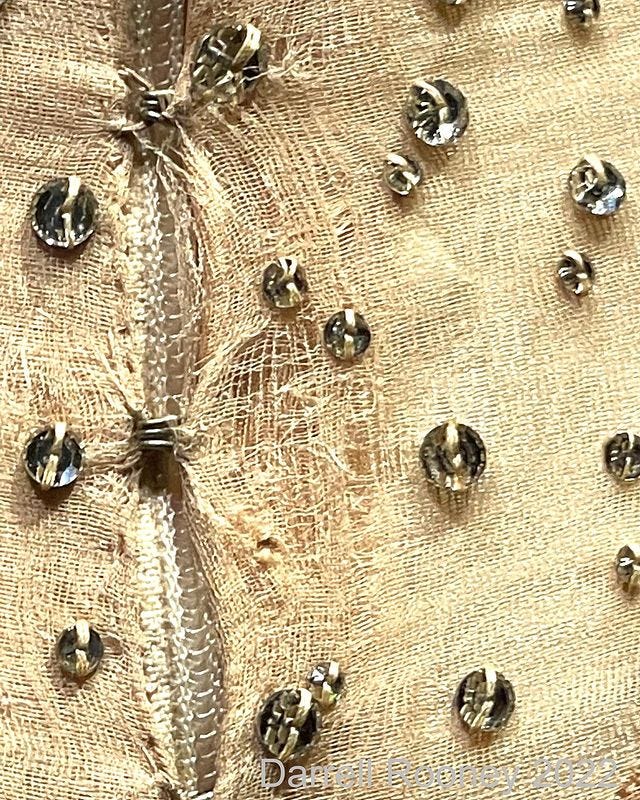
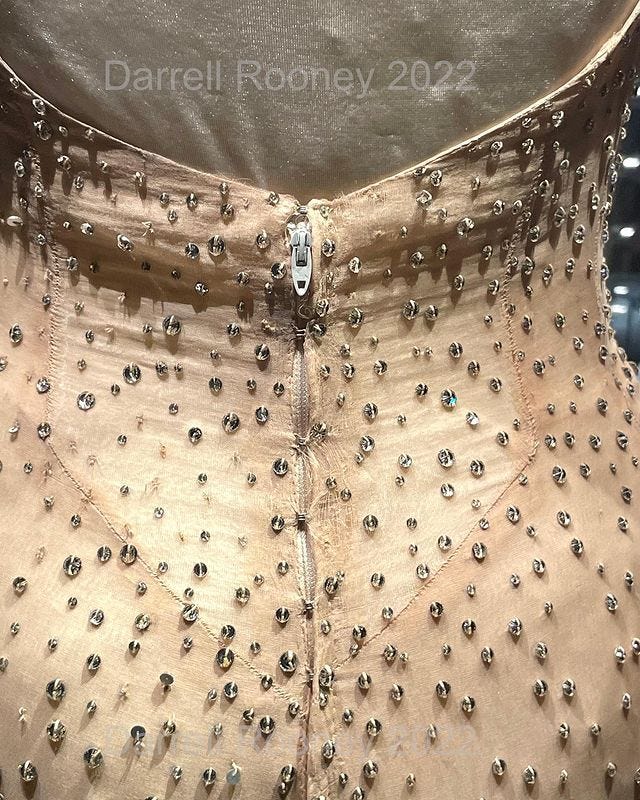
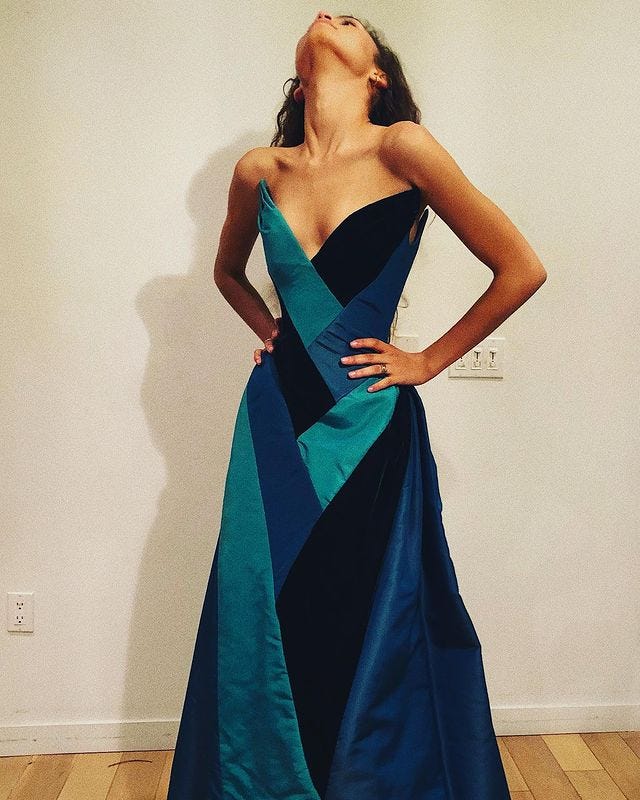
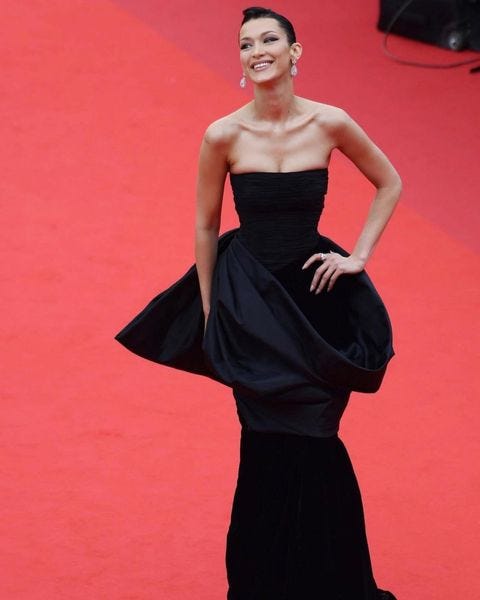
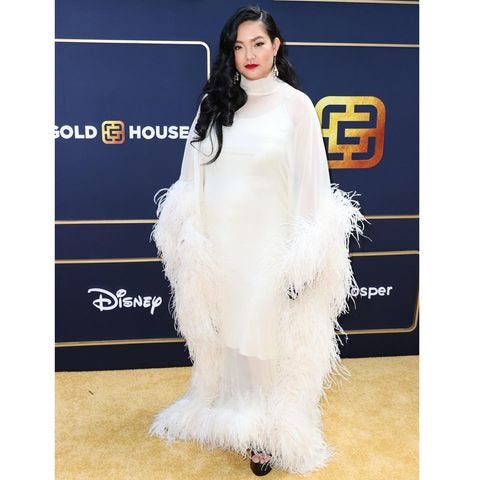
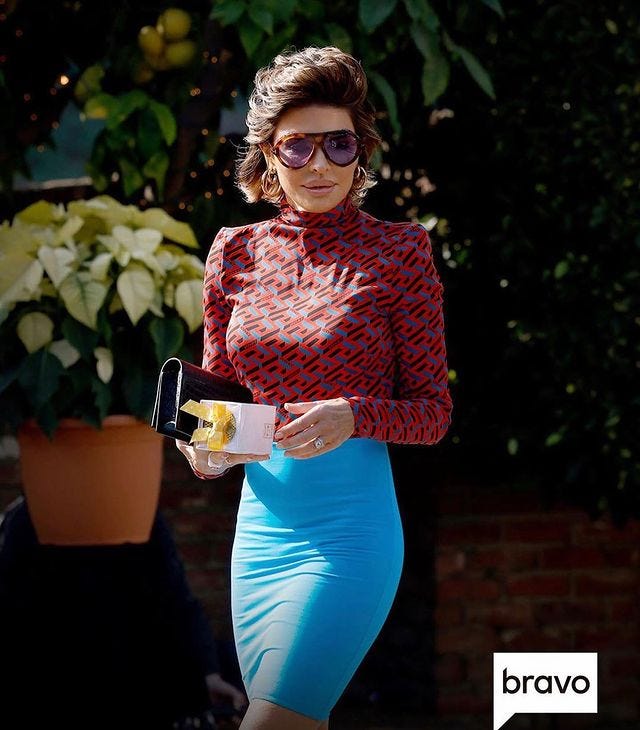





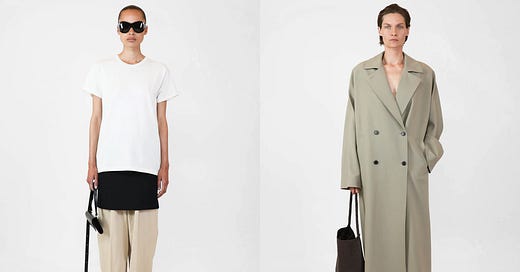


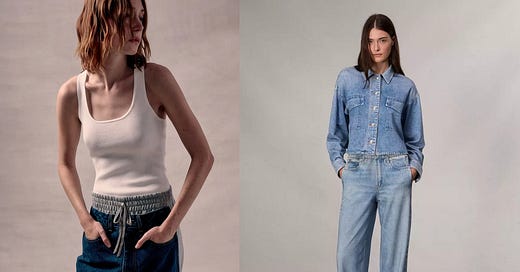

I have so many thoughts! The first is that Ripley's probably hasn't archived the piece as a museum would have, and the fabric has become brittle. Next, does Kim have a special affinity for Marilyn, in. other words why this dress? I'm unsure if she contacted Ripley's or they her. Third, we know the dress didn't fit, even with extreme dieting, because the dress was sewn onto Marilyn, and the two women are different body shapes. Fourth, there are fools all over Twitter claiming no one ever heard of this dress before, and Kim should have all the world's credit for any interest in Marilyn/the dress.
And that's the danger: that Kim's example, of a celeb who gets what she wants and leaves damage behind, who doesn't appear to have knowledge or care about fashion (despite being dressed by designer labels, it seems she is interested in labels vs clothes)is the future of fashion PR.
I was under the impression Law Roach had his own vintage collection and those gowns were bought instead of borrowed/rented from the brands archive.